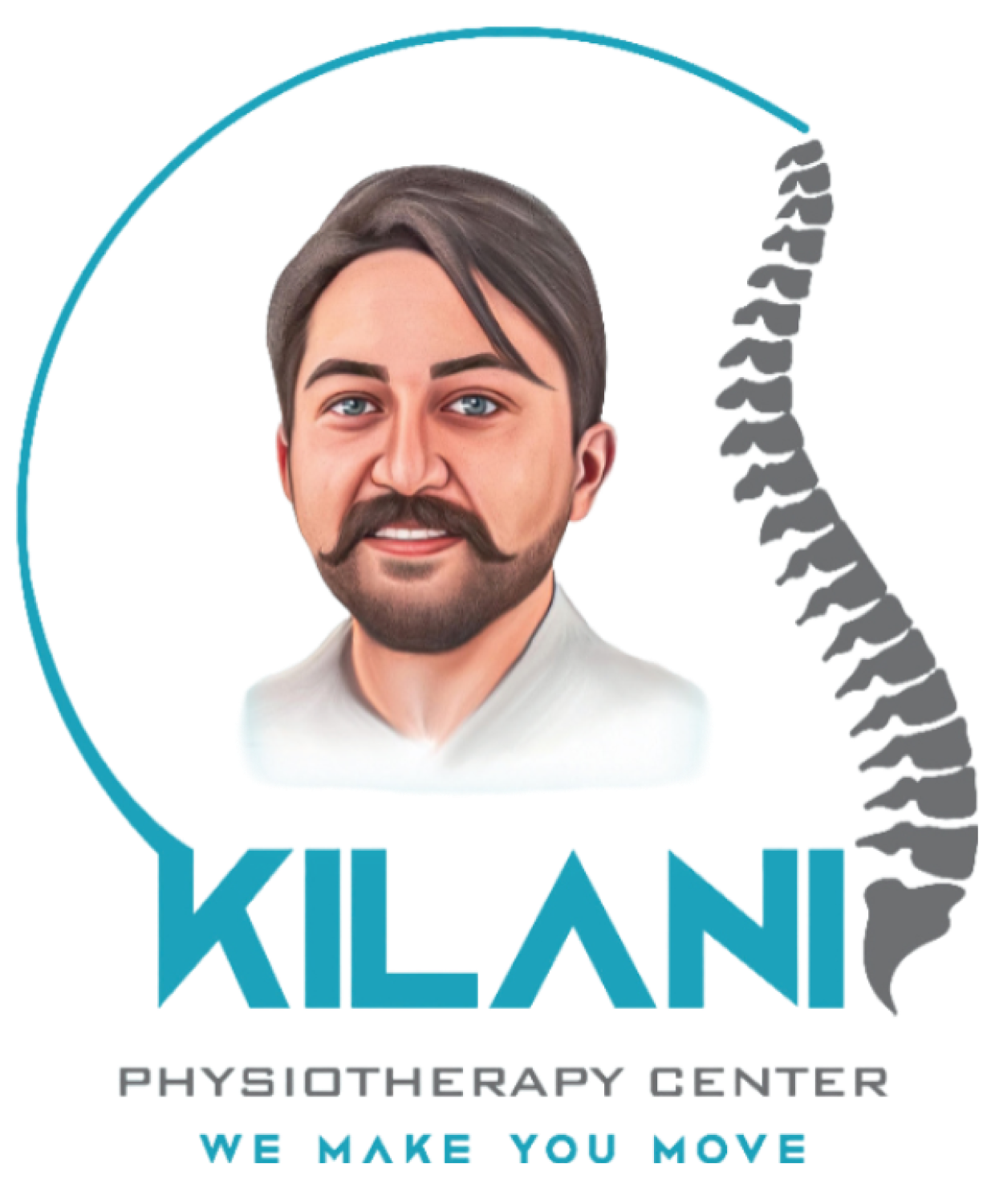Understanding Cervical Disc Disorders: Causes, Symptoms, Stages, and Treatments with a Focus on Physiotherapy
Kilani
December 24, 2024

Cervical Disc Disorders Treatment Introduction
Cervical Disc Disorders Treatment , often referred to as cervical disc disease or cervical spondylosis, are common conditions that affect the intervertebral discs in the neck region of the spine and it is the most common case we are contact with in Kilani physiotherapy center. These disorders can cause pain, reduced mobility, and other debilitating symptoms that significantly impact quality of life. This article delves into the causes, symptoms, stages, and treatments for cervical disc disorders, with a particular focus on physiotherapy as a cornerstone of non-surgical management.
The cervical spine consists of seven vertebrae (C1-C7) separated by intervertebral discs. These discs act as shock absorbers and facilitate flexibility in the neck. Over time, the discs may degenerate or become injured, leading to conditions such as disc herniation, bulging, or degeneration. Cervical disc disorders are prevalent among adults, especially those over 40 years of age, and can result from aging, trauma, or repetitive strain.
In Kilani physiotherapy center most cases have straightening in cervical vertebrae due to severe muscle spasm associated with cervical disc
Symptoms
Symptoms vary depending on the severity and location of the disc problem but commonly include:
Neck pain, which may radiate to the shoulders and arms.
Stiffness and reduced range of motion in the neck.
Numbness or tingling in the arms, hands, or fingers.
Muscle weakness in the upper extremities.
Headaches originating from the neck.
In severe cases, symptoms such as loss of coordination or difficulty walking may occur due to spinal cord compression.
Stages of Cervical Disc Disorders
Cervical disc disorders typically progress through the following stages:
Early Degeneration: Mild wear and tear with minimal symptoms.
Disc Protrusion: The disc bulges outward but does not rupture, causing intermittent pain.
Disc Herniation: The inner gel-like material leaks through a tear in the outer layer, potentially compressing nerves.
Severe Degeneration: Advanced wear leads to loss of disc height and formation of bone spurs, which can compress nerves or the spinal cord.
Our physiotherapists in Kilani physiotherapy center focus on maintain and improve the stage of cervical disc by sessions and exercises
Causes
Degenerative Changes: Aging is the most common cause. Over time, the discs lose water content and elasticity, making them more prone to damage.
Trauma: Accidents, falls, or sports injuries can cause acute disc damage.
Repetitive Stress: Activities involving repetitive neck movements or poor posture, such as prolonged computer use, can strain the cervical spine.
Genetic Factors: A family history of spine problems can increase the likelihood of developing these disorders.
Lifestyle Factors: Smoking, obesity, and a sedentary lifestyle can contribute to the onset and progression of cervical disc issues
This is the main cause between our patients
Cervical Disc Disorders Treatment
Management depends on the severity of the condition and symptoms. Treatment options include:
Non-Surgical Treatments:
Medications: Pain relievers, anti-inflammatory drugs, and muscle relaxants.
Physiotherapy: A key component for pain relief and functional recovery.
Lifestyle Modifications: Postural corrections and ergonomic adjustments.
Injections: Corticosteroid injections to reduce inflammation.
Surgical Treatments: Reserved for severe cases where non-surgical methods fail. Procedures include discectomy, spinal fusion, or artificial disc replacement.
The Role of Physiotherapy in Managing Cervical Disc Disorders
Physiotherapy plays a critical role in the conservative management of cervical disc disorders. Its goals include pain reduction, restoration of mobility, and prevention of recurrence. Physiotherapy approaches include:
Pain Management Techniques:
Modalities such as heat and cold therapy, ultrasound, and electrical stimulation.
Manual therapy, including soft tissue mobilization and joint manipulation we using manual therapy techniques as main treatment I kilani physiotherapy center
Exercise Therapy:
Strengthening exercises for neck and shoulder muscles to enhance stability.
Stretching exercises to improve flexibility and reduce stiffness.
Postural training to correct alignment and prevent further strain.
Education and Ergonomics:
Teaching patients about proper posture during daily activities.
Ergonomic advice for workstations to minimize neck strain.
Functional Training:
Guided exercises to restore functional abilities and reduce the risk of injury.
Traction Therapy:
Cervical traction to relieve pressure on nerves and reduce pain.
Conclusion
Cervical disc disorders are manageable conditions that require a comprehensive approach to treatment. While medication and, in severe cases, surgery may be necessary, physiotherapy remains a cornerstone of effective management. By addressing pain, improving mobility, and preventing recurrence, physiotherapy enables patients to regain control of their lives and maintain a healthy, active lifestyle. Early diagnosis and tailored physiotherapy interventions can significantly enhance outcomes and improve quality of life for individuals with cervical disc disorders.
If you have this problem or any other muscloskaletal problems you are free to contact us by Facebook, Instagram and tik Tok
Or you can contact us on our two branches in Jordan and dubai
